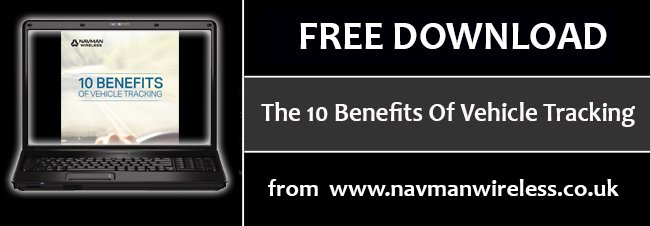Adam Partington
DSV, the global transport and logistics operator, expects to set new benchmarks in controlling fleet costs, improving safety and CO2 emissions, after employing the latest telematics technology from Navman Wireless in a bid to reduce fuel consumption for its entire vehicle fleet.
According to DSV, which operates a UK fleet of 200 HGVs, confronting the issue of fuel cost by using telematics to record journey and driver behaviour data, is becoming a necessity for those businesses who spend around 40% of their annual operating budget on fuel compared to one-third three years ago.
The UK haulage division of the global logistics specialist, which offers transportation solutions domestically and in Europe, say they are already seeing an increase in MPG, which is representing a substantial saving on fuel spend.
“Tackling the main issues of driver behaviour, fuel cost and environmental impact, remain a major challenge for fleet managers who have seen HGV running costs hit an all-time-high thanks to the price of diesel,” said DSV’s UK Transport Manager Dave Smith.
“We have been using telematics for the past 12 months and we are already seeing a good return on investment, but we have invested in the technology to further enhance control, which goes beyond just managing fuel costs. There are other risks associated with running a fleet, such as driver safety and environmental impact. We can use telematics to confront and manage these issues head on.”
“The initial saving is just the tip of the iceberg. We believe that continuing development in the application of telematics, will result in new benchmarks in driver performance, fuel cost management and eco-friendly driving.”
Smith says DSV produce monthly reports for their drivers, which show both fuel economy and driver performance, highlighting areas where extra training is required for those not performing as well as the rest. “It is this collaboration between traditional training methods and the latest telematics technology, which we believe is the key to the program’s success,” he said. “As the program develops further I can see that we will be using more of the features to improve efficiency, cut costs and promote eco-friendly driver behaviour.”
“At the same time our drivers have also become far more positive about the use of telematics, recognising the benefits it can deliver to themselves as well as to the business.”



